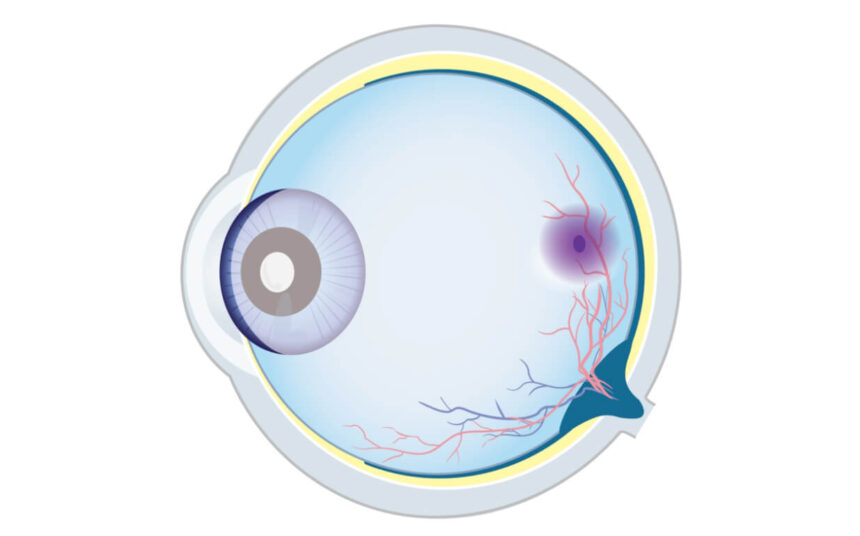The G A eye condition, also known as Geographic Atrophy, is a serious eye disease that primarily affects the macula, the central part of the retina responsible for sharp, detailed vision. As one of the advanced stages of age-related macular degeneration (AMD), GA is a condition that can lead to significant vision loss if not properly managed.
What Is GA Eye Condition?
Geographic Atrophy (GA) is a condition characterized by the gradual loss of retinal cells in the macula. The macula is essential for central vision, allowing us to see fine details and perform activities like reading, driving, and recognizing faces. When geographic atrophy develops, the cells in this part of the retina deteriorate, leading to a loss of vision.
GA typically develops slowly over time and often affects individuals in their later years, which is why it is commonly associated with age-related macular degeneration. Unlike wet AMD, which involves the growth of abnormal blood vessels in the eye, GA is considered a “dry” form of macular degeneration. In GA, the gradual cell death in the macula creates small, well-defined areas of vision loss, which expand as the condition progresses.
Why Is GA Eye Condition Important?
GA eye condition is important for several reasons:
- Impact on Quality of Life
Vision loss caused by GA can significantly affect a person’s daily life. As the disease progresses, individuals may find it difficult to perform basic tasks like reading, recognizing faces, driving, or even watching TV. This can lead to a decline in independence and overall well-being, making early detection and management essential. - Potential for Severe Vision Loss
The progressive nature of GA means that vision loss can become severe over time, especially if the condition is left untreated or unmanaged. As the affected areas in the macula expand, individuals can experience a central blind spot, making it increasingly challenging to perform detailed tasks. In the most advanced cases, the vision loss can become permanent. - No Known Cure Yet
Currently, there is no cure for geographic atrophy. While treatments are being developed, none have been proven to fully reverse or stop the progression of the disease. As a result, managing GA focuses on slowing its progression and supporting the individual’s remaining vision as much as possible. Regular eye exams are crucial for monitoring the condition and determining the best approach to treatment. - Risk Factor for Legal Blindness
Geographic atrophy is one of the leading causes of legal blindness in older adults, especially in individuals over the age of 60. As a result, it is essential to recognize the early signs and symptoms of GA to seek timely intervention. Early detection through comprehensive eye exams, including retinal imaging, can help identify the condition in its earliest stages. - Growing Prevalence
The aging population is one of the major factors contributing to the growing prevalence of GA. As life expectancy increases, more individuals may experience this condition, making it an important focus of ongoing research and medical attention. Awareness about the condition is crucial in improving the quality of life for those affected and encouraging early intervention.
Conclusion
The GA eye condition is a serious retinal disease that can lead to significant vision loss and impacts the quality of life for those affected. While it is most commonly associated with aging, anyone experiencing vision changes should consult an eye care professional to rule out conditions like GA. Early detection, proper monitoring, and management are key to slowing the progression of the disease and maximizing the remaining vision. With ongoing research and advancements in treatment, hope remains for finding ways to better manage, and perhaps even cure, this condition in the future.


